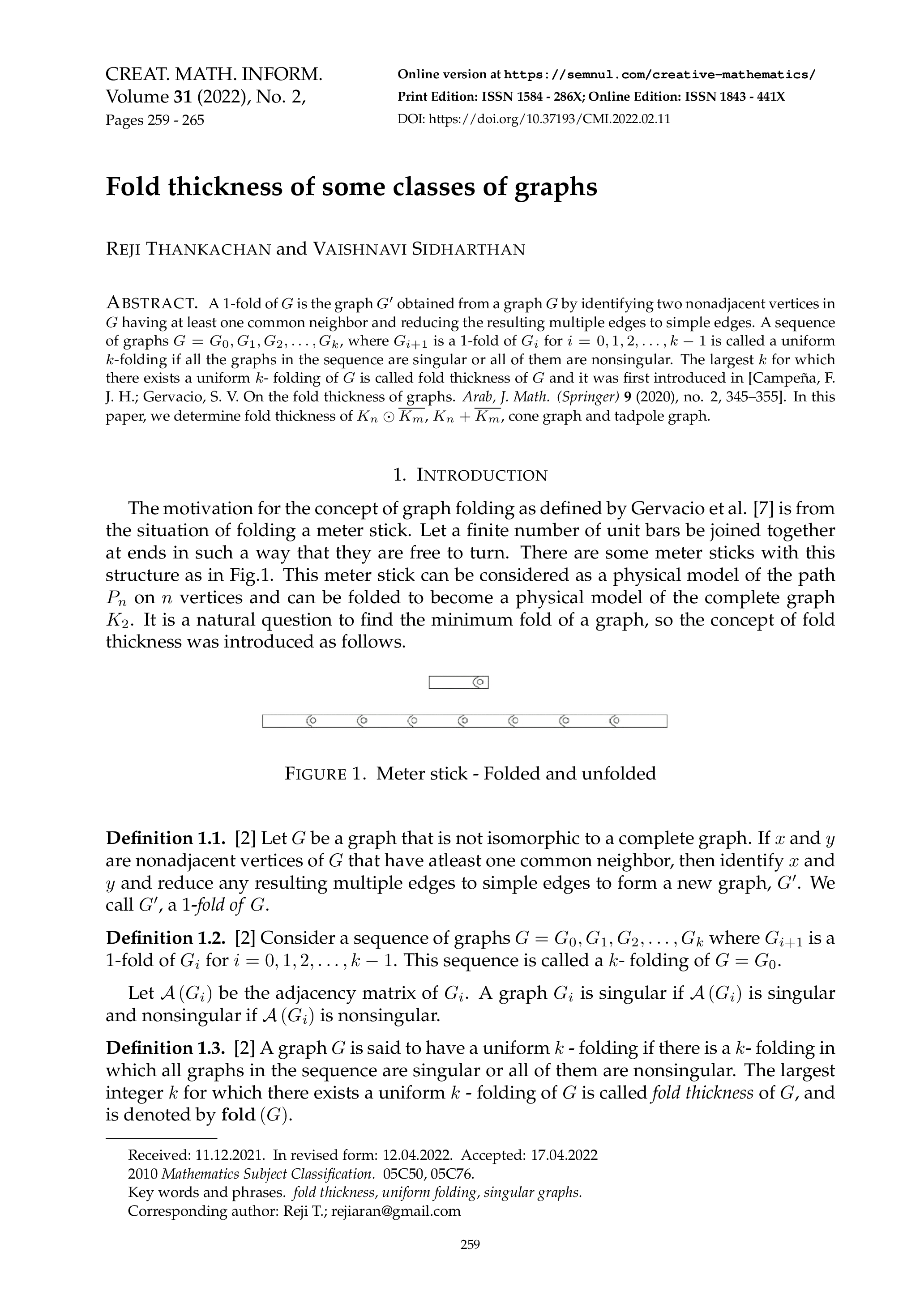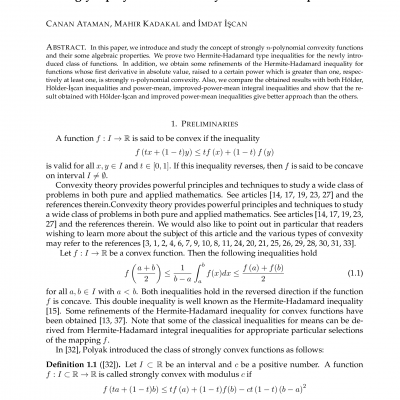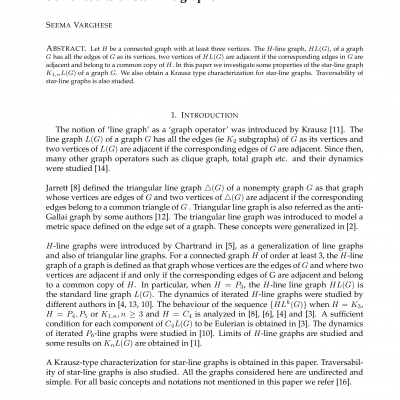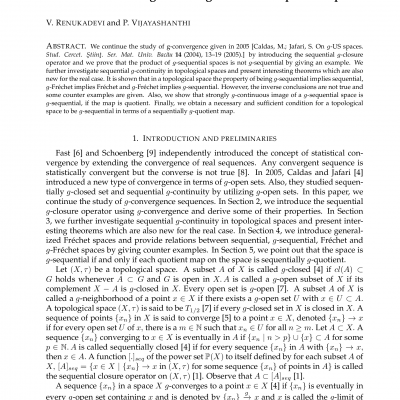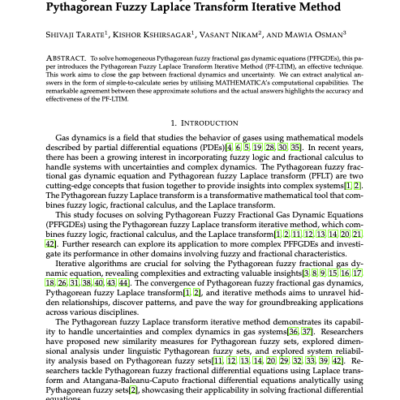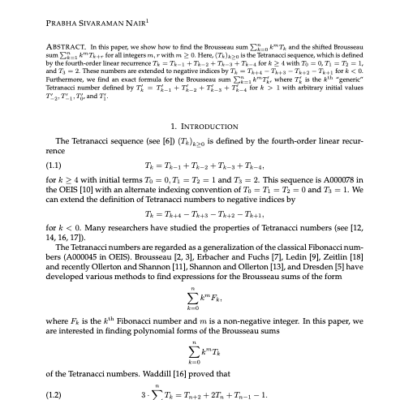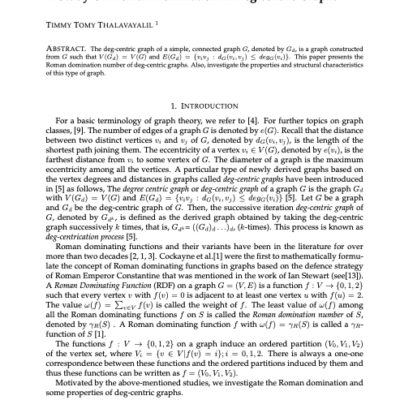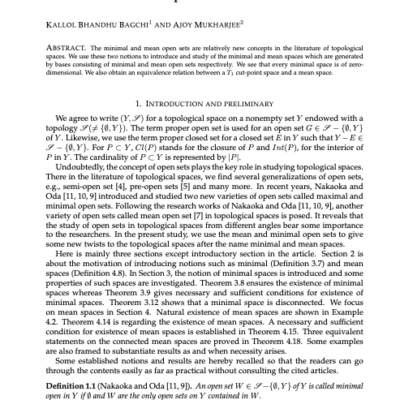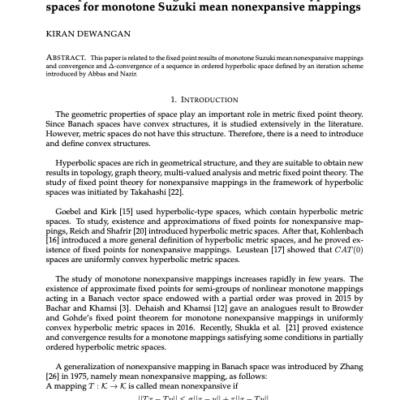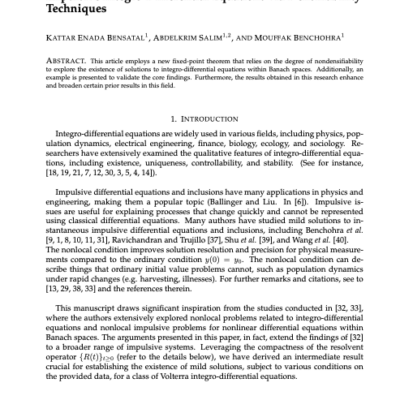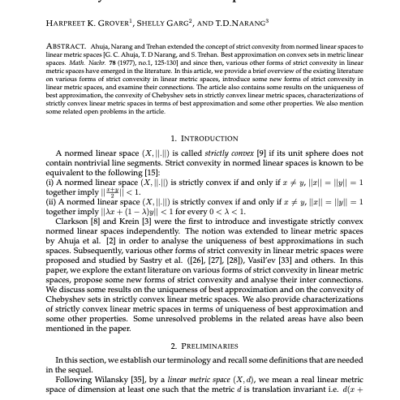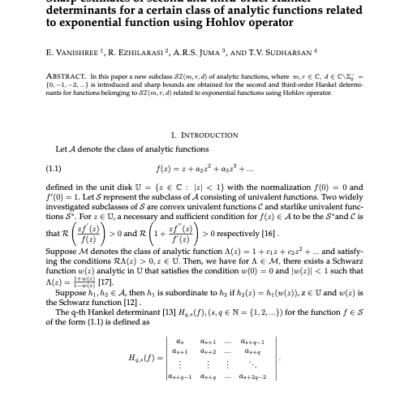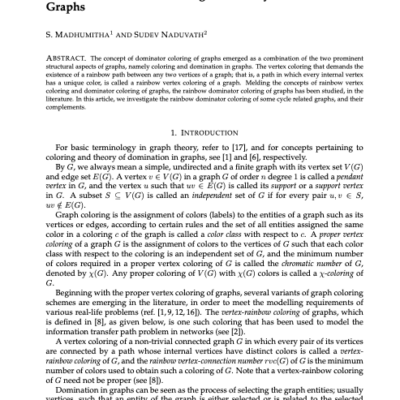A 1-fold of ![]() is the graph
is the graph ![]() obtained from a graph
obtained from a graph ![]() by identifying two nonadjacent vertices in
by identifying two nonadjacent vertices in ![]() having at least one common neighbor and reducing the resulting multiple edges to simple edges. A sequence of graphs
having at least one common neighbor and reducing the resulting multiple edges to simple edges. A sequence of graphs ![]() , where
, where ![]() is a 1-fold of
is a 1-fold of ![]() for
for ![]() is called a uniform
is called a uniform ![]() -folding if all the graphs in the sequence are singular or all of them are nonsingular. The largest
-folding if all the graphs in the sequence are singular or all of them are nonsingular. The largest ![]() for which there exists a uniform
for which there exists a uniform ![]() – folding of
– folding of ![]() is called fold thickness of
is called fold thickness of ![]() and it was first introduced in [Campeña, F. J. H.; Gervacio, S. V. On the fold thickness of graphs. Arab, J. Math. (Springer) 9 (2020), no. 2, 345–355]. In this paper, we determine fold thickness of
and it was first introduced in [Campeña, F. J. H.; Gervacio, S. V. On the fold thickness of graphs. Arab, J. Math. (Springer) 9 (2020), no. 2, 345–355]. In this paper, we determine fold thickness of ![]() ,
, ![]() , cone graph and tadpole graph.
, cone graph and tadpole graph.
Fold thickness of some classes of graphs
Thankachan, Reji and Sidharthan, Vaishnavi
Full PDF
Additional Information
| Author(s) | Sidharthan, Vaishnavi, Thankachan, Reji |
|---|

